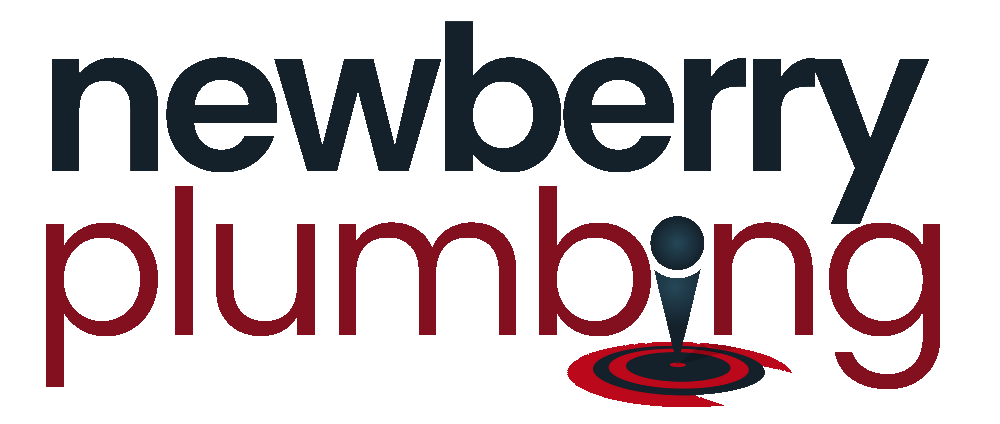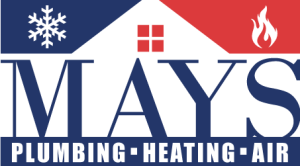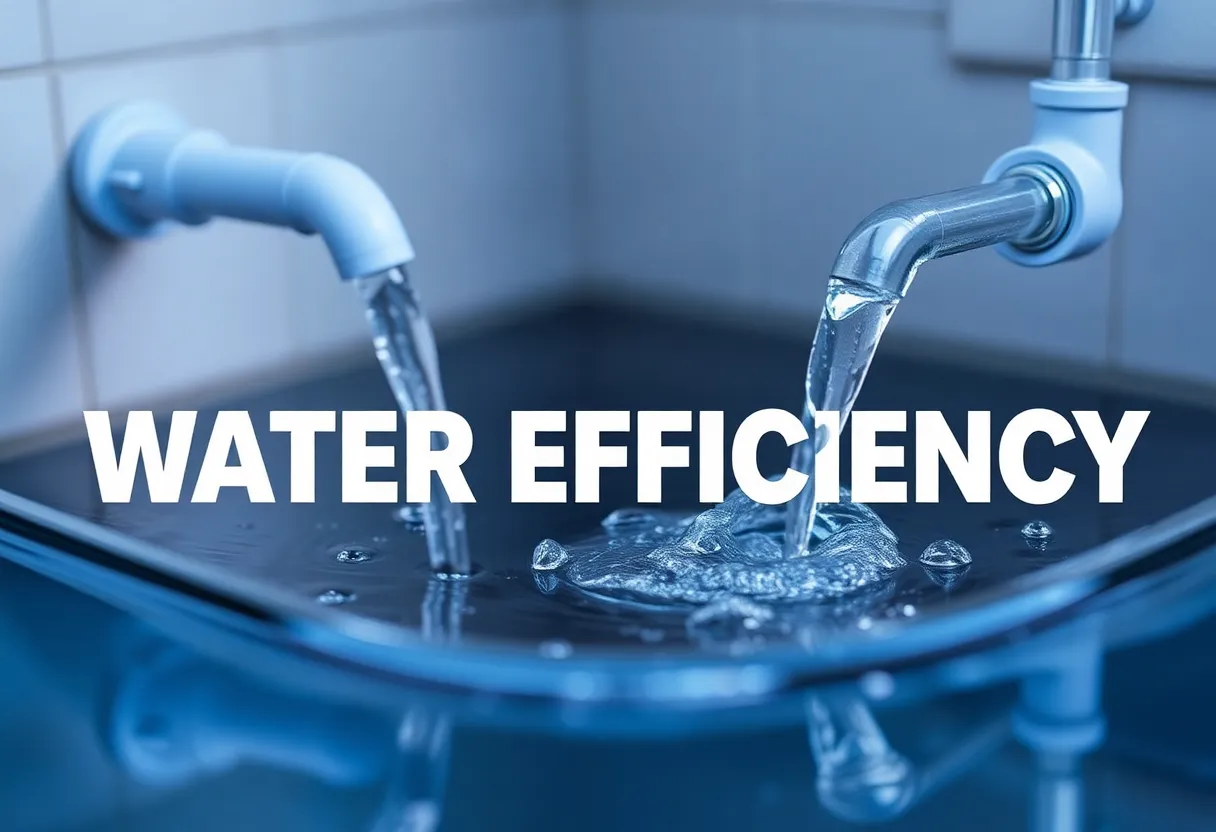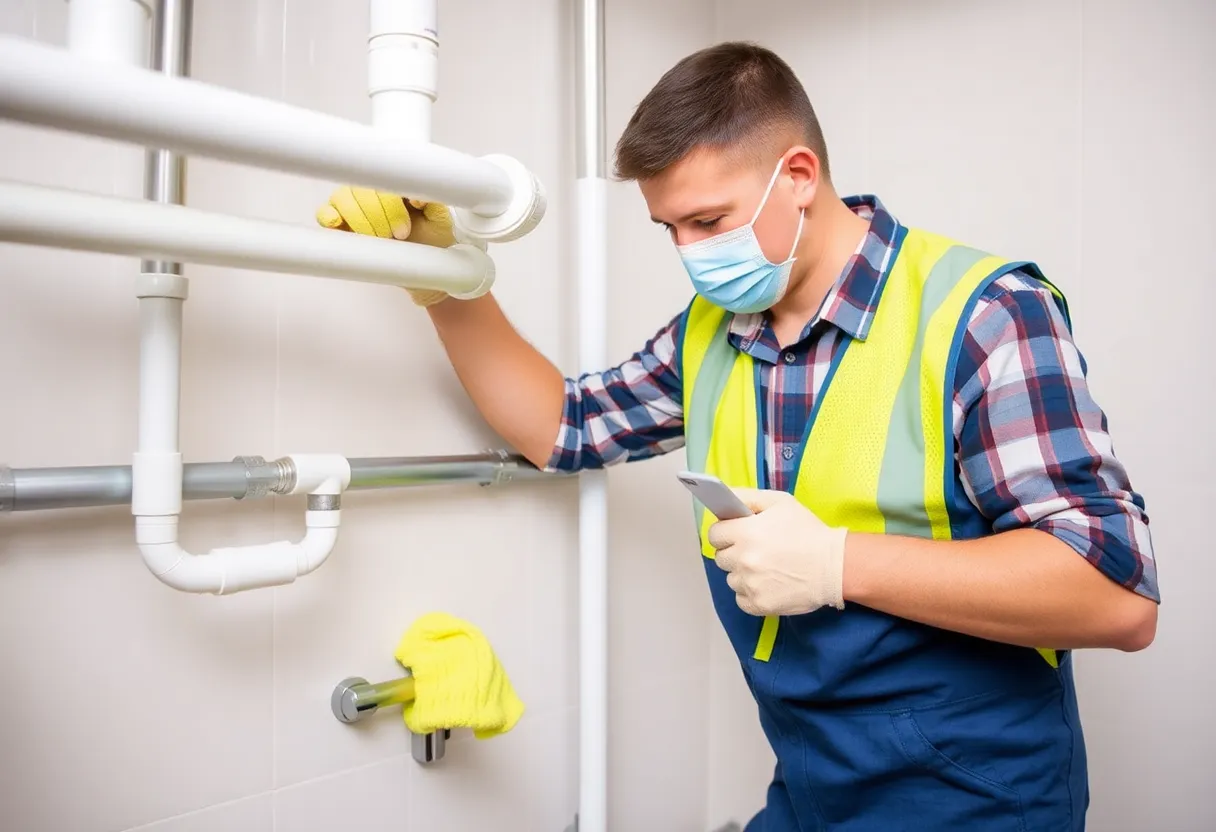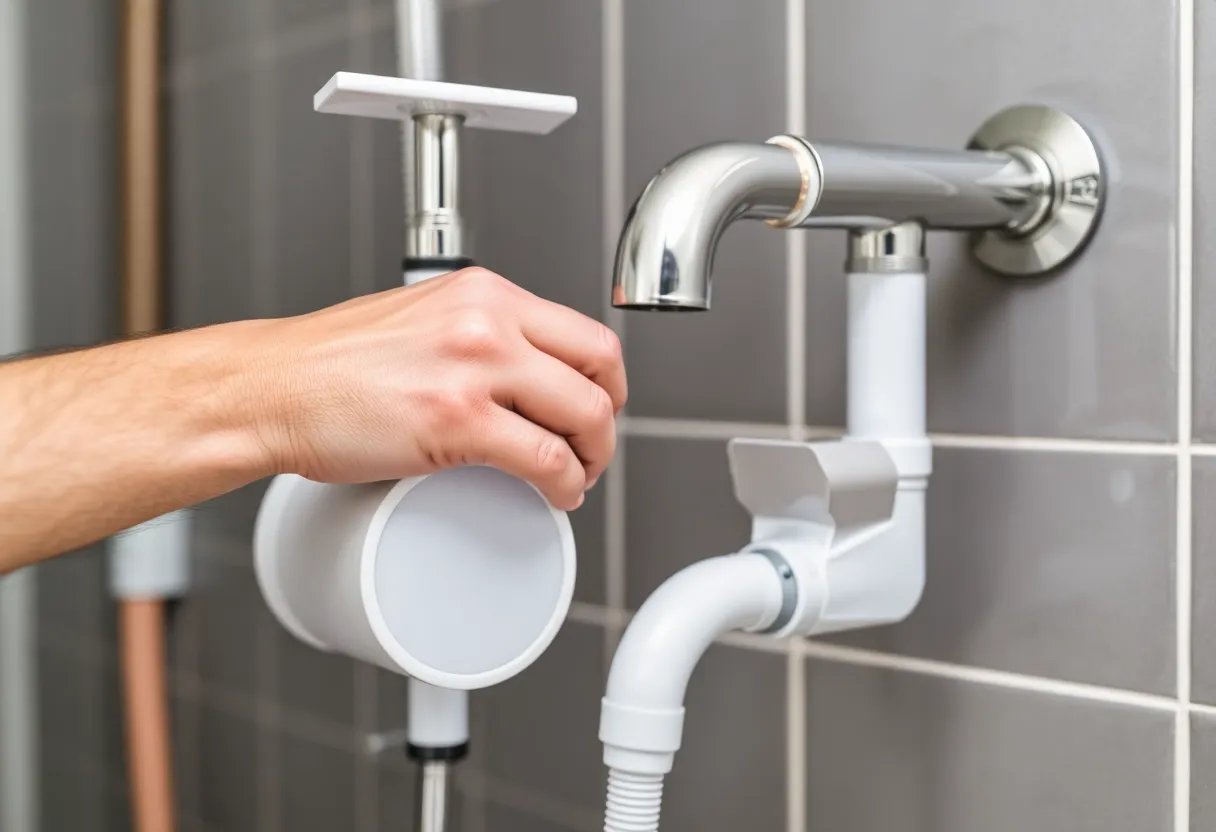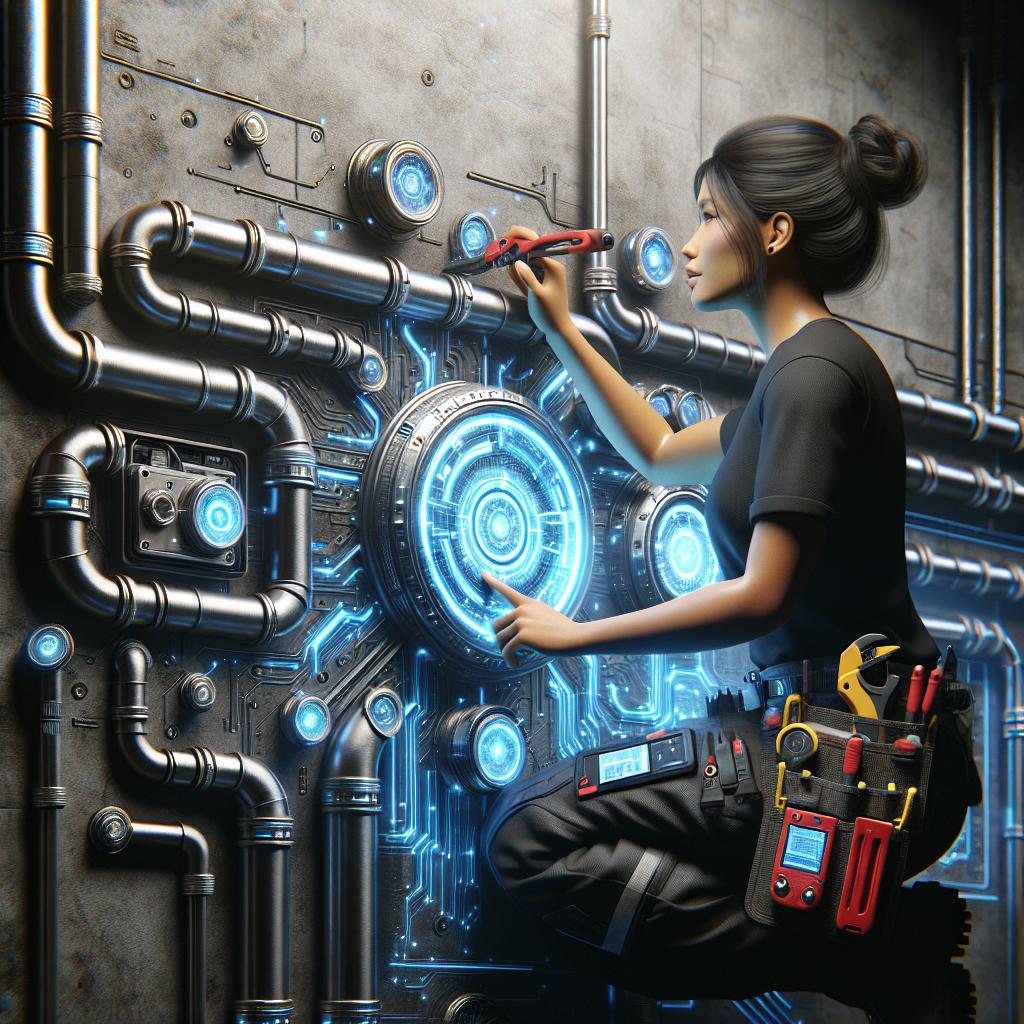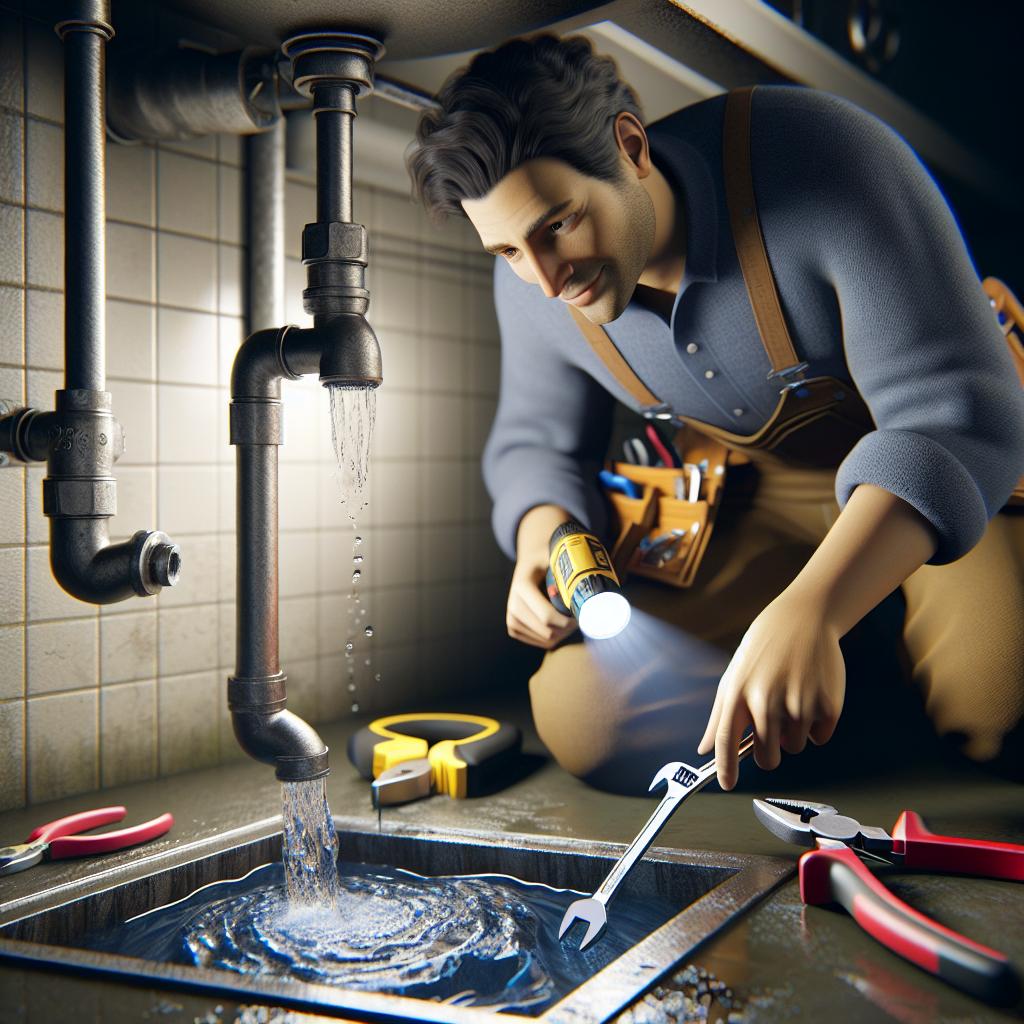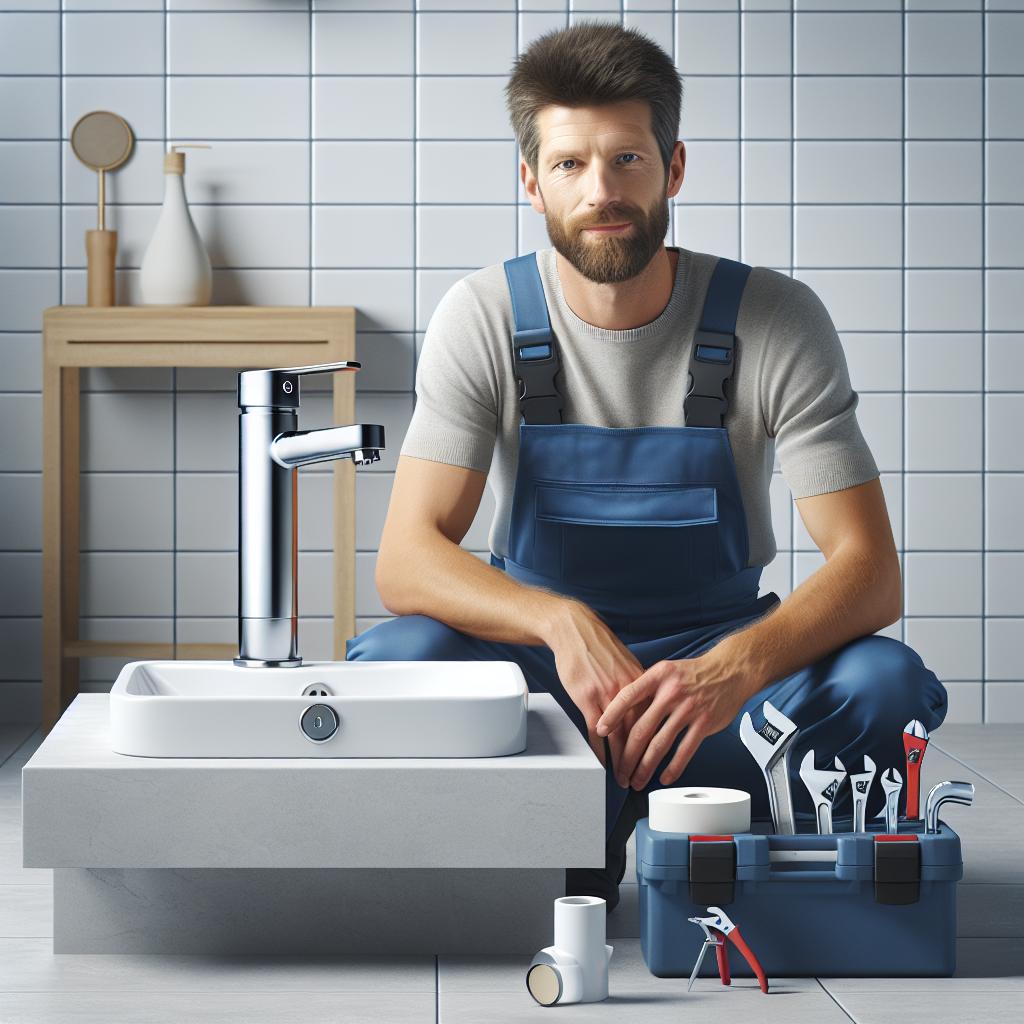The Plumbing Forecast: 10 Innovative Trends Shaping Water Efficiency in 2025
As we step into the next few years, the plumbing industry is undergoing a significant transformation driven by technological advancements, environmental concerns, and evolving consumer expectations. The Plumbing Forecast for 2025 highlights ten innovative trends that promise to redefine water efficiency, ensuring sustainability while meeting the growing demands of urbanization and climate change. In this article, we will delve into these trends, exploring how they will shape the future of plumbing and help conserve our most precious resource: water.
1. Smart Water Management Systems
The integration of smart technology in plumbing systems is one of the most exciting developments on the horizon. Smart water management systems leverage IoT (Internet of Things) devices, sensors, and real-time data analytics to monitor water usage, detect leaks, and optimize flow. Imagine a world where your plumbing system can alert you to potential issues before they become costly repairs or water waste.
These systems analyze patterns in water consumption, allowing homeowners and businesses to make informed decisions about their usage. By 2025, we can expect more households to adopt smart water meters and apps that provide insights into their water consumption behaviors.
The Role of Artificial Intelligence
With the rise of AI, we can envision that machine learning algorithms will refine water management practices even further. These advanced systems can predict usage trends based on weather forecasts and historical data, enabling proactive adjustments to plumbing systems. This means we can efficiently manage water during peak usage times and reduce waste significantly.
2. Greywater Recycling Systems
The concept of greywater recycling is gaining traction as a fundamental approach to sustainability in plumbing. Greywater, which refers to the relatively clean wastewater from sinks, showers, and washing machines, can be treated and reused for irrigation, toilet flushing, and other non-potable uses.
By implementing greywater recycling systems, households and commercial establishments can cut down on potable water usage, thereby conserving natural resources and minimizing the strain on municipal water systems. By 2025, many new constructions will likely include built-in systems for greywater recycling as part of their plumbing design.
Benefits of Greywater Systems
- Reduced water bills
- Decreased demand on municipal water resources
- Lower environmental impact
- Regulatory incentives and rebates
3. Advanced Water-Efficient Fixtures
The next few years will witness exciting innovations in water-efficient fixtures, including faucets, showerheads, and toilets. Manufacturers are now prioritizing the development of products that use significantly less water without sacrificing performance.
Technologies like aeration and pressure compensation are leading the charge, allowing fixtures to maintain a comfortable flow while reducing overall consumption. By 2025, the standard for water efficiency in plumbing fixtures will be significantly higher, driven by consumer demand for sustainable products.
Examples of Innovations
- Touchless faucets that reduce water usage when not in operation.
- Dual-flush toilets that offer users a choice between liquid and solid waste flushes, saving a substantial amount of water.
- Low-flow showerheads that provide an invigorating experience while using fewer gallons per minute.
4. Rainwater Harvesting Systems
One of the most promising trends on the horizon is the increased adoption of rainwater harvesting systems. These systems collect rainwater from roofs and store it for various uses, including irrigation, toilet flushing, and even laundry.
By harnessing this natural resource, homeowners can significantly reduce their dependence on municipal water supplies. By 2025, we can anticipate that more regions will encourage rainwater harvesting through incentives and regulations, making it a common feature in residential plumbing systems.
The Environmental Impact
Harvesting rainwater mitigates environmental impact by decreasing runoff and erosion while replenishing groundwater contaminants, making it a win-win for homeowners and the environment.
5. Waterless and Low-Water Appliances
As water scarcity becomes a pressing global issue, waterless and low-water appliances are emerging as a top trend in the plumbing industry. These innovations include appliances that rely on technology to minimize or eliminate water use altogether.
For example, waterless urinals and dry toilets offer effective waste disposal solutions without the need for traditional plumbing systems. Such appliances will become more prevalent in both residential and commercial settings, contributing to overall water savings.
Adoption within the Industry
Manufacturers are now focusing on developing high-efficiency appliances that incorporate technologies like steam cleaning and other non-water-based systems. These appliances will not only save water but also reduce energy consumption, presenting an eco-friendly approach to daily operations.
6. Enhanced Plumbing Materials
Innovation in plumbing materials is making it easier and more efficient to manage water flow. Newly developed materials are being designed to prevent leaks and deterioration while promoting better insulation. This includes advanced plastics and composites capable of withstanding temperature fluctuations and environmental pressures.
By 2025, we will likely see a significant shift away from traditional materials like copper and PVC towards these modern alternatives that offer longevity and efficiency in plumbing installations.
Benefits of Modern Materials
- Increased durability and longevity
- Reduced risk of leaks and corrosion
- Lower energy consumption for water heating
7. Vacuum and Pressure-Assisted Plumbing Systems
Vacuum and pressure-assisted plumbing systems are becoming increasingly popular due to their ability to transport waste with significantly less water. These systems utilize air pressure or vacuum technology, making them highly efficient and eco-friendly alternatives.
By 2025, we can expect more commercial properties and high-rise buildings to implement these systems, leading to substantial water savings and reduced plumbing footprints.
Why Choose Vacuum Systems?
These systems require minimal maintenance and can be installed in various settings while still providing efficient waste disposal. By reducing the need for large pipes and allowing for flexible layouts, vacuum systems can also save on construction costs.
8. Sustainability-Focused Regulations
With the growing awareness of the need for sustainable practices, regulatory frameworks are evolving to prioritize water efficiency. By 2025, we can anticipate more stringent regulations aimed at improving water conservation in plumbing systems.
From mandatory water-efficient standards for fixtures to incentives for using renewable resources, these regulations will empower consumers and industries to embrace sustainable practices while holding them accountable.
The Future of Plumbing Regulations
Municipalities will increasingly focus on conservation policies that encourage innovative plumbing solutions, driving a shift in consumer behavior towards sustainability. This will also compel the industry to invest in research and development of more eco-friendly plumbing products.
9. Education on Water Usage and Conservation
A crucial trend that will shape the plumbing landscape is increased public education on water usage and conservation. As consumers become more aware of the implications of their water consumption, education campaigns will play a pivotal role in promoting efficient practices.
By 2025, we can expect a surge in community programs and initiatives designed to foster awareness around water conservation, making it an essential component of responsible plumbing practices.
Utilizing Technology for Education
Apps, social media, and online platforms will be utilized to share valuable information and encourage proactive water-saving measures. This will help empower communities to take charge of their water usage and implement sustainable habits in their daily lives.
10. Predictive Maintenance Technologies
Last but certainly not least, the emergence of predictive maintenance technologies will transform how plumbing systems are maintained. Using AI and machine learning, these technologies can predict when maintenance is needed based on historical data and usage patterns.
By 2025, we will likely see a shift from reactive to proactive maintenance methods, which can prevent costly repairs and reduce water waste by addressing issues before they escalate. This predictive approach will enable plumbing professionals to manage systems more effectively, ensuring efficiency and longevity.
Benefits of Predictive Maintenance
- Cost savings from reduced emergency repairs
- Extended lifespan of plumbing systems
- Enhanced water efficiency through timely interventions
Conclusion
The plumbing industry is poised for significant changes by 2025, driven by innovative technologies and a greater consciousness towards sustainability. The trends highlighted in this article reflect a collective push towards water-efficient solutions that not only address the pressing challenges of resource scarcity but also promote responsible consumption practices.
By embracing these trends, both consumers and businesses can make a meaningful impact on water conservation efforts, ensuring a brighter and more sustainable future for generations to come. As we look forward, the plumbing forecast indicates that we have the tools and knowledge to reshape our water usage habits, leading to a more water-efficient world.
